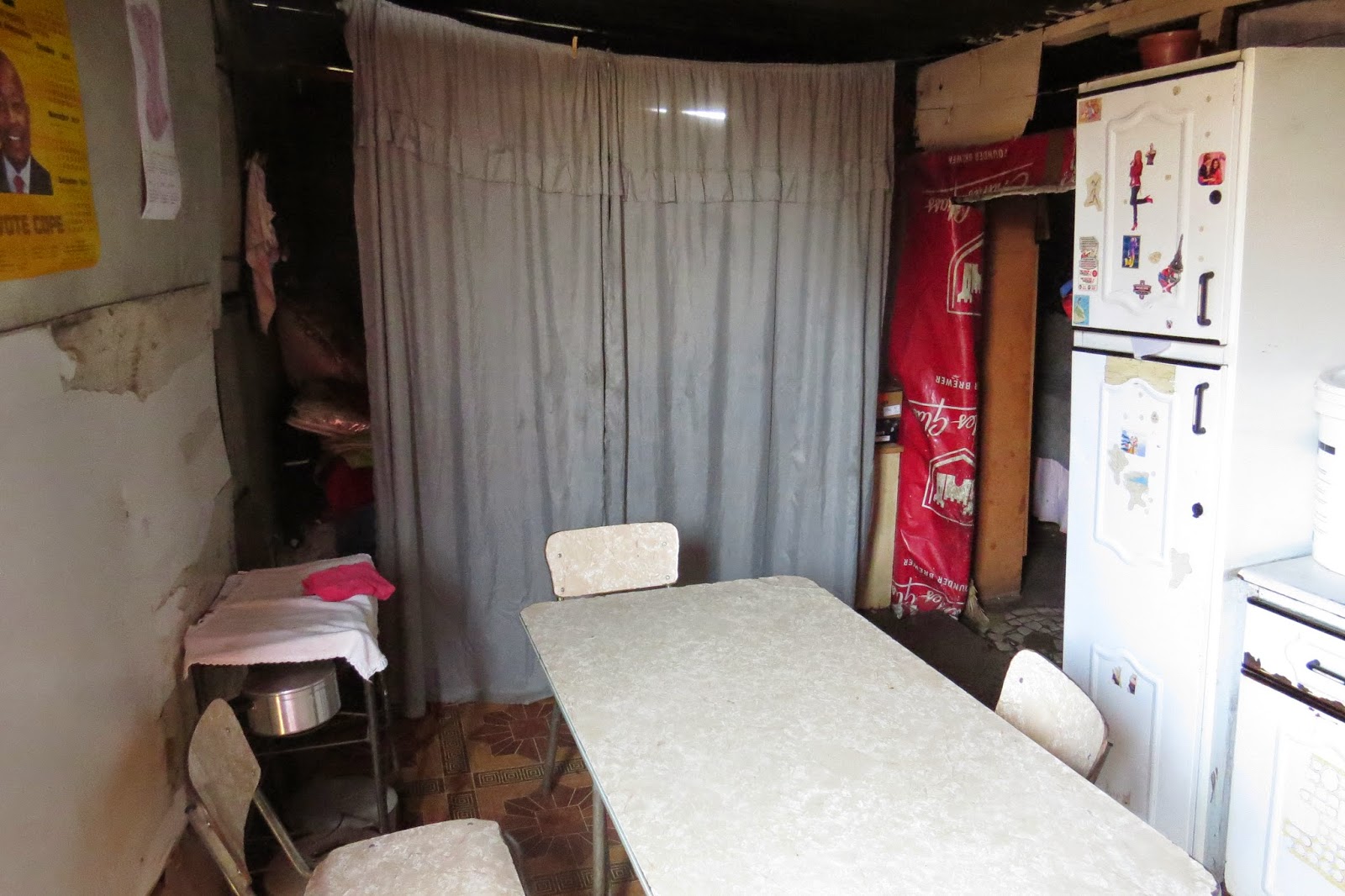Over the years I’ve collected my share of souvenirs and passed many on to friends. Until my early-20s I collected postcards. Friends would send them to me from wherever they visited. And I would send them to myself as well. Having a pristine, unsent postcard with no message just seemed a waste, hence why I would send myself postcards. I have countless cards that read, “Dear Kelly, Having a great time. Wish you were here. Oh wait! You are! Even better. Be home soon, Kelly.” I no longer collect postcards, but I still have over 500 packed away. Once I began making money and could afford more costly souvenirs for myself I began collecting clothing. I bought a silk jacket in China recently, a sari in India, and I still have my kuspuk from my time in Alaska.
My graduate student, Matt, likes to collect gum. Each time I travel overseas I bring him gum. As a result of this request I think of Matt every day when I pass a Candy Lady. All over town you see little tables which are set up on highly travelled pedestrian paths where women make their living selling little candies and gum. Imagine Halloween and the packages of mini candy bars you buy to hand out to Trick-or-Treaters. Essentially these women will buy those packages, break them apart and sell the candies one piece at a time.
To us, it might seem like a difficult way to make a living. And apparently, it is. I see the same two Candy Ladies each morning on my way to campus. I occasionally buy something simply to make conversation and help them out a bit. A candy is typically about 1 pula which is equivalent to a little less than 12 cents. I asked one of the Candy Ladies recently how much she would need to make in order for her to consider it a successful day. She told me 100 pula is good. That is about $11.75 A DAY!





























